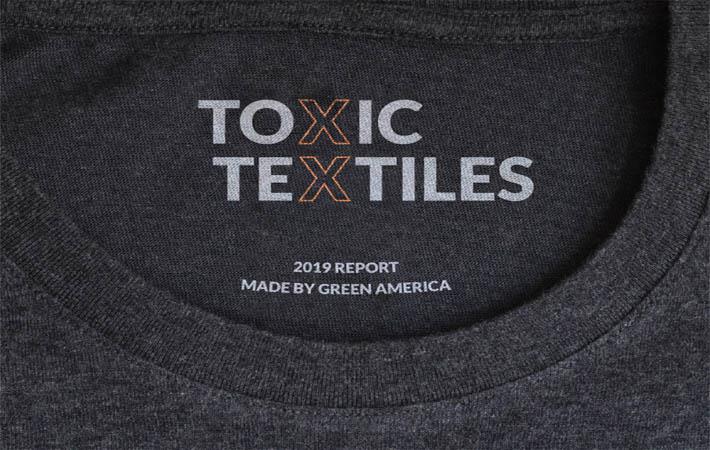Target, VF, Nike fair better in environmental practices

The report ‘ Toxic Textiles’ by Green America explored a variety of environmental and social challenges in the fashion industry and looked at 14 major American apparel companies frequently found in shopping malls to see what, if anything, they are doing to address these issues in their supply chains.
One of the key findings is that transparency is improving across four companies (Target, VF (which owns The North Face and Jansport), Nike, and Gap) which identify chemicals used in their supply chains through a Manufacturing Restricted Substances List (MRSL) and an Restricted Substances List (RSL), while three companies (Ascena Retail, The Children’s Place, Urban Outfitters) rely on an RSL as their chemical management policy. An MRSL restricts chemicals used in the manufacturing process, while an RSL restricts what 4 chemicals can be found in the final consumer product. Meanwhile, six companies (Target, VF, Nike, Gap, Ascena, Abercrombie & Fitch) list factories that they source from.
According to the second finding, companies often say that they have a policy addressing an environmental or labour issue without going into detail about what they are doing to measure their progress or achieve their goal.
The third finding is that – companies are increasingly incorporating sustainability efforts into their policies, but often will use one policy that addresses an issue in some detail or produce a line of clothes made a little more sustainably to demonstrate their commitment to sustainability when in reality, they are not addressing most issues in their supply chains.
The report suggests that consumers who are concerned about toxins in clothing can purchase used clothing when possible, purchase better quality clothing and wear that clothing until it wears out, and when purchasing new clothing, look for clothes that are certified by sustainability initiatives like GOTS or bluesign to ensure higher standards around labour and toxins.
Consumer interest in reducing waste and consumption has led to increase in in-store recycling programmes and the rise of the secondhand market. While the solutions are not always perfect, they are steps in the right direction. (PC)
Fibre2Fashion News Desk – India
































-Ltd..jpg?tr=w-120,h-60,c-at_max,cm-pad_resize,bg-ffffff)





.jpg?tr=w-120,h-60,c-at_max,cm-pad_resize,bg-ffffff)
.jpg?tr=w-120,h-60,c-at_max,cm-pad_resize,bg-ffffff)






